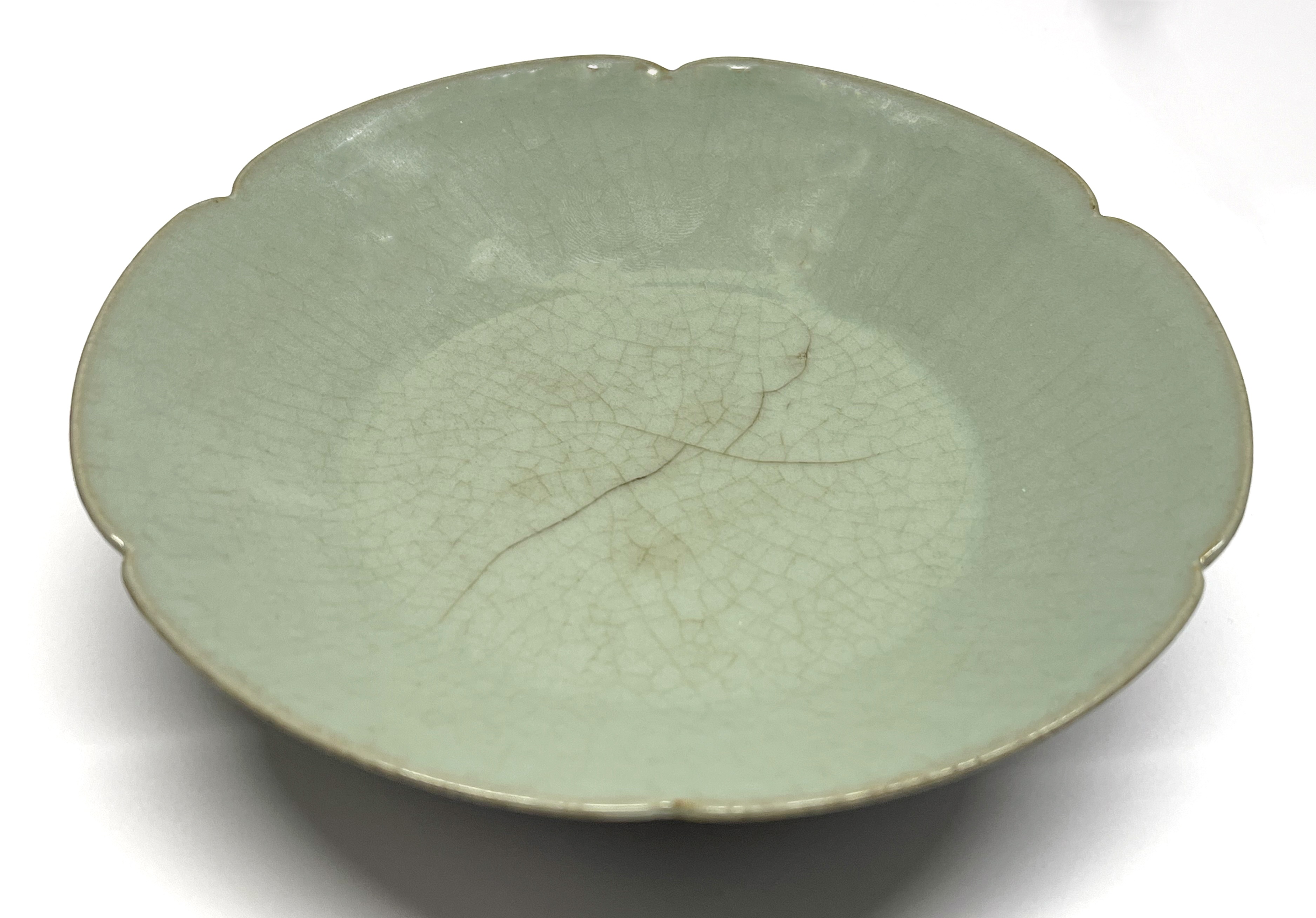

20/06/2025 General News
One of the consequences of the shift in power from the west towards the emerging eastern economic powerhouses is that a whole new cohort of bidders has appeared in the saleroom, flexing that new-found buying power, writes David Broom.
Nowhere is that truer than China, where a burgeoning economy and a steadily more-open society has resulted in a massive shift in the market for Chinese artefacts in general, and Chinese porcelain in particular.
At the turn of the millennium the Chinese porcelain market was dominated by western buyers and collectors, but today that situation is almost entirely reversed – it is estimated that buyers from China (along with Taiwan and Hong Kong) now account for 80% of objects sold at auction.
There is a huge appetite to repatriate original items – not just porcelain, but jade, textiles and artworks – which made their way to the west in former times, either through legitimate trading or via more dubious colonial plundering.
Whilst big European names such as Meissen and Sevres continue to be in demand, often the really big money is spent when oriental ceramics go under the hammer.
Of course, those leading European names really only got going once the west had managed to unravel the secrets of white porcelain, which had until the 18th century been pretty much the sole preserve of the Chinese. So prized was oriental porcelain that the French ‘Sun King’ Louis XIV melted down all of the silverware in Versailles in order to finance the purchase of more of it.
While the European porcelain industry is less than 300 years old, in China its history goes back a lot longer. From the Tang dynasty of the 8th century and the Song dynasty of the 9th to the 13th century, quality porcelain was revered in China, almost certainly as a result of the tradition of tea drinking, and all of the ceremony associated with it.
It was during the Ming dynasty (1368-1644) that production started on an industrial scale, both for home use and export: one single order from the royal court was for a staggering 450,000 pieces. As the Qing dynasty followed in the 17th century, the development of five colour porcelain (known as ‘wucai’) became incredibly popular in the west.
The loosening of the Chinese economy in the 1990s resulted in a new generation of very wealthy individuals who were, and still are, determined to reclaim their past by buying back pieces which found their way to Europe during the colonial era.
Early Ming dynasty and Middle Qing dynasty (in particular pieces made during the reigns of Kangxi, Yongzheng and Quianlong) create the most interest, especially if they are in flawless condition.
But there are lots of other factors too: the quality of the decoration and artistry, and the glaze; the condition of the individual piece; the rarity or uniqueness of the shape of the piece; whether the piece has the correct ‘reign marks’, which indicate the period during which it was made; and the provenance – pieces from particularly noble owners or famous collections will carry a premium.
Sometimes the desire to repatriate objects can lead to fierce bidding battles. Only last year a 12th century Chinese stoneware dish sold at Keys for £120,000 after a prolonged dual between two Chinese collectors – 200 times its pre-sale estimate of £500-£600.
Such events just go to show that true value is simply what someone is prepared to pay for something, and often emotions can be as important a part of determining that as more rational factors.
The seemingly insatiable demand from Chinese buyers to repatriate both top-end pieces and also more prosaic ceramics from the west is a big factor in the continuing buoyant position of the oriental ceramics market.
Keys Summer Fine Sale, which includes an extensive oriental ceramics section, takes place on Wednesday 23rd and Thursday 24th July at their Aylsham salerooms and live online. Last minute consignments can still be made; for more details, visit www.keysauctions.co.uk.